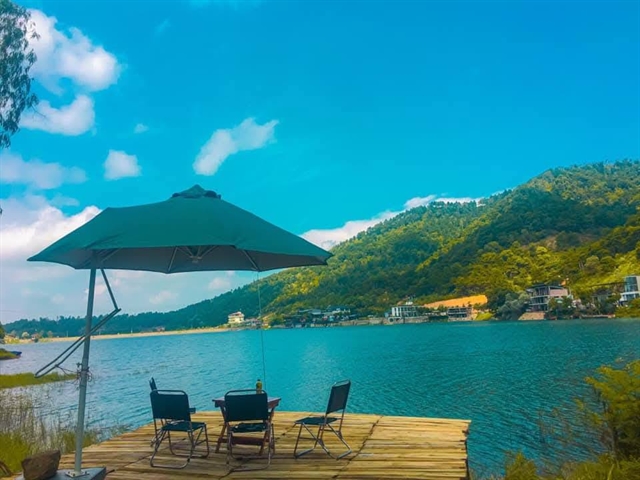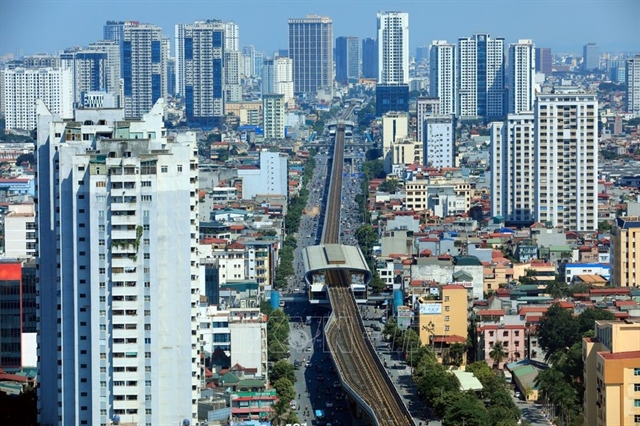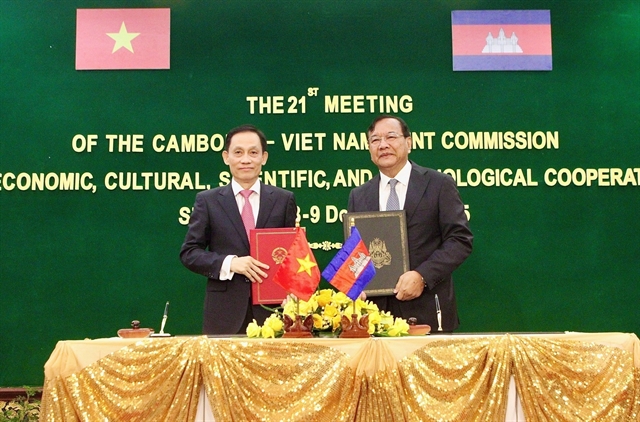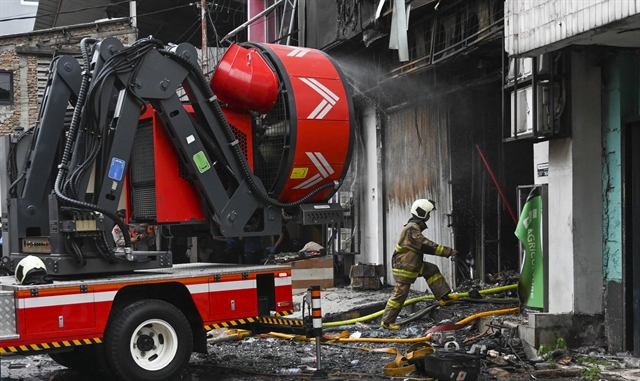 Travel
Travel

 |
| GREEN LESSONS: Professor Weber from Lucerne shares the Swiss experience of making sustainability a must-have factor in tourism. VNS Photo Mỹ Hà |
NINH BÌNH Tourism authorities, experts and scholars from Cambodia, Laos, Myanmar and Thailand, member countries of the Greater Mekong Subregion, are attending the 56th GMS Tourism Working Group Meeting in Ninh Binh from November 16–20, hosted by the Việt Nam National Authority of Tourism and the Swiss State Secretariat for Economic Affairs.
The event brings together regional partners to discuss and share experiences on green tourism under the Swiss Support for Sustainable Development in Việt Nam (ST4SD) Project.
“We recognise that sustainable tourism, no longer merely a trend but has become an important orientation for the global tourism industry. It highlights the urgent need for green, inclusive and responsible recovery," said Hà Văn Siêu, deputy director of Việt Nam National Authority of Tourism.
“In this context, pursuing sustainable development is not only about protecting the environment and culture, but also essential for tourism to sustain its long-term competitiveness.”
 |
| Representatives of five GMS countries (from left) Cambodia, Laos, Myanmar, Thailand, and Việt Nam -- as Olivier Messmer from ST4SD moderates the discussion. VNS Photo Mỹ Hà |
Regional dialogue
Việt Nam has adopted the GMS Tourism Development Strategy toward 2030, a milestone for integration into regional tourism. The strategy envisions a green, sustainable, innovative and integrated GMS with people and nature at the heart of development, and the conference provides a vital platform to discuss actions to turn this strategy into reality.
A special guideline and assistance from Switzerland were presented by Etienne Jenni, program manager, Trade Promotions at SECO.
Citing his own experience visiting Hội An ancient town, Jenni recalled his last visit to Việt Nam, exploring emerging sustainable destinations around the city.
“I was deeply impressed by the creativity and dedication of local communities in shaping tourism from the ground up – through organic farming, traditional crafts and women-led enterprises,” he said.
“These initiatives show that sustainability is not an abstract idea; it is already happening now.
“In addition, simple actions – from rooftop solar panels to waste reduction and efficient resource use – make a tangible difference. The key is to replicate and scale these local solutions while ensuing they are embedded in tourism policies and destination strategies.”
Jenni also highlighted Ninh Bình Province as an analytical example of applying sustainable tourism in practice.
“Often called the ‘Hạ Long Bay on land,’ Ninh Bình with its limestone mountains, rivers, rice fields and historic temples, embodies Việt Nam’s natural and cultural wealth,” he said.
“Community-based tourism, eco-friendly transport and immersive cultural experiences already show how visitor growth can go hand in hand with environmental conservation and local benefit.”
A recent joint assessment by Italy's Santagata Foundation on Economics of Culture, Germany's Leibniz Institute for Urban Ecology and Regional Development, and Hà Nội National University School of Interdisciplinary Sciences and Arts estimated the total economic value of Tràng An World Heritage Site at US$213 billion.
The study covered 10 core value groups, including entertainment, the karst system, biodiversity, archaeology, special-use forests, temple culture, festivals, folk performing arts, and the impact of heritage on residential and agricultural land in the core and buffer zones, with land in the buffer zone alone valued at about $20 billion.
'Swisstainable'
Sharing the "Swisstainable" case study of sustainable tourism, Fabian Weber, PhD, of Lucerne University of Applied Sciences and Arts (HSLU), Switzerland, introduced the top five trends in sustainable tourism and outlined influential factors behind Switzerland’s positive developments, including anchoring sustainability in national tourism strategies, the joint Swisstainable programme, integration into national tourism policy and funding instruments, marketing strength of Switzerland Tourism, rising demand for sustainable tourism, and collaboration among diverse stakeholders.
 |
| HERITAGE WEALTH: A joint assessment by Italy's Santagata Foundation on Economics of Culture, Germany's Leibniz Institute for Urban Ecology and Regional Development, and Hà Nội National University School of Interdisciplinary Sciences and Arts estimated the total economic value of Tràng An World Heritage Site at US$213 billion. Photo courtesy of Ninh Bình Department of Tourism |
Established in 1992, the Greater Mekong Subregion (GMS) is a strategic tourism cooperation framework bringing together six countries in Southeast Asia.
The Mekong Tourism Forum (MTF) is the region’s most important tourism event, held annually on a rotational basis among member states.
GMS tourism cooperation spans joint marketing, infrastructure development, human resource training, harmonisation of tourism statistics, and the creation of cross-border tourism products.
Việt Nam has been a key contributor to GMS tourism since its inception in 1992. The country has actively participated in and hosted numerous GMS events, including three MTFs (in 2008 – HCM City, 2015 – Đà Nẵng, and 2022 – Quảng Nam).
Việt Nam has also played a leading role in developing cross-border tourism products along the East-West Economic Corridor (EWEC) and the Mekong Delta river routes. VNS




